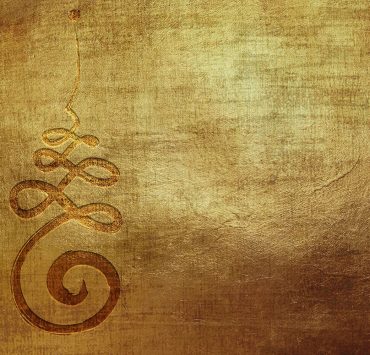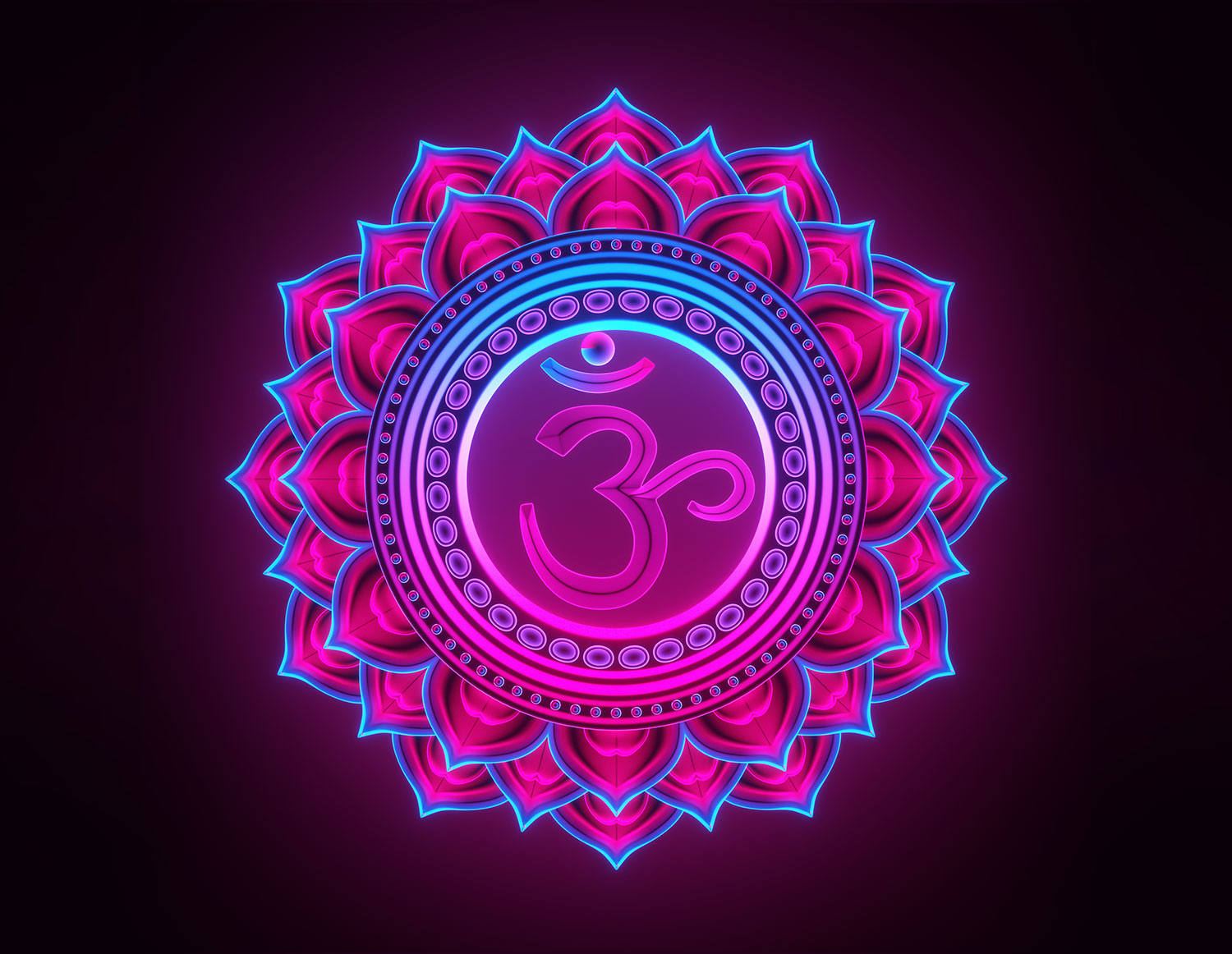
Meditation coach Emma Morrison is the go-to person for those…
Mystical symbolism is everywhere in yoga and meditation. But modern yoga classes tend to overlook these deeper meanings. Many practitioners use symbols to express their dedication to the practice. And these symbols are an integral part of understanding yogic philosophies.
Symbolism in yoga is a powerful tool. They can create insights and deeper understandings of yoga’s teachings and mythologies.
Visually, they convey a concept, teaching, or spiritual idea. But they can also focus the mind during meditation. This can induce you into a state of contemplation and absorption.
What Are Yoga Symbols?
Yoga symbols are a graphical representation of an idea, concept, or relationship. Symbols can create links between different concepts and experiences too.
They enable us to move from the unknown to the known.
Mystics in India created these yoga symbols. They intend to elevate consciousness. And they can bring a deeper insight into one’s spiritual path. So, it is important to communicate these deeper truths.
Symbols will guide one toward achieving their inner peace and enlightenment.
How To Use Yoga Symbols

There are several ways to use symbols and enhance your yoga and meditation practice. You can have one or more symbols around your living or practice space. This will give you higher levels of inspiration and spiritual energy.
Try incorporating yoga symbols into your wardrobe.
Many people wear jewelry with yoga symbols on them. If you find a decorative piece, place it throughout your home. Having symbols closeby can elevate your yoga practice. They can also boost your concentration, inner peace, and connection with the Divine.
Try placing a yoga symbol in your practice space with a specific intention in mind. This will serve as a visual reminder to return to your intention. Symbols can also be a focal point during meditation.
Common Symbols Used in Yoga
Om/Aum Symbol
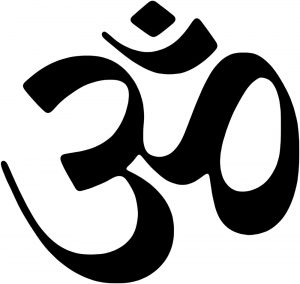
This is the most common symbol in yoga. Om is the sound or vibration that unifies everything in the universe. It is also believed that chanting Om and meditating on it can open the third eye. Thus, Om can connect you to the divine force of the universe.
The image of the Om symbol represents the primary goal of yoga: to unite the mind, body, and spirit.
There are three different sounds of OM (A-U-M). Each represents the three aspects of Hindu Trimurti. A represents Brahma, the creator. U represents Vishnu, the sustainer. And M represents Shiva, the transformer.
The representation and sound of Aum can be broken down into four meanings.
- The bottom left curve represents the sound of the A. It is the first or waking state of consciousness. This is the conscious mind where we experience the world through the 5 senses.
- The bottom right curve represents the sound of the U. It is the second or dreaming state of consciousness. This is the experience beyond the physical body. Here, we are in active unconsciousness and energetic realms.
- The top left curve represents the sound of the M. It is the third or deep sleeping state of consciousness. It represents the spiritual forces of the universe and connectivity.
- The dot located at the top represents the silence after chanting Aum. It is the fourth samadhi state of pure consciousness. This is the highest state of consciousness. Here, you experience absolute stillness and oneness with all creation.
The Lotus Flower
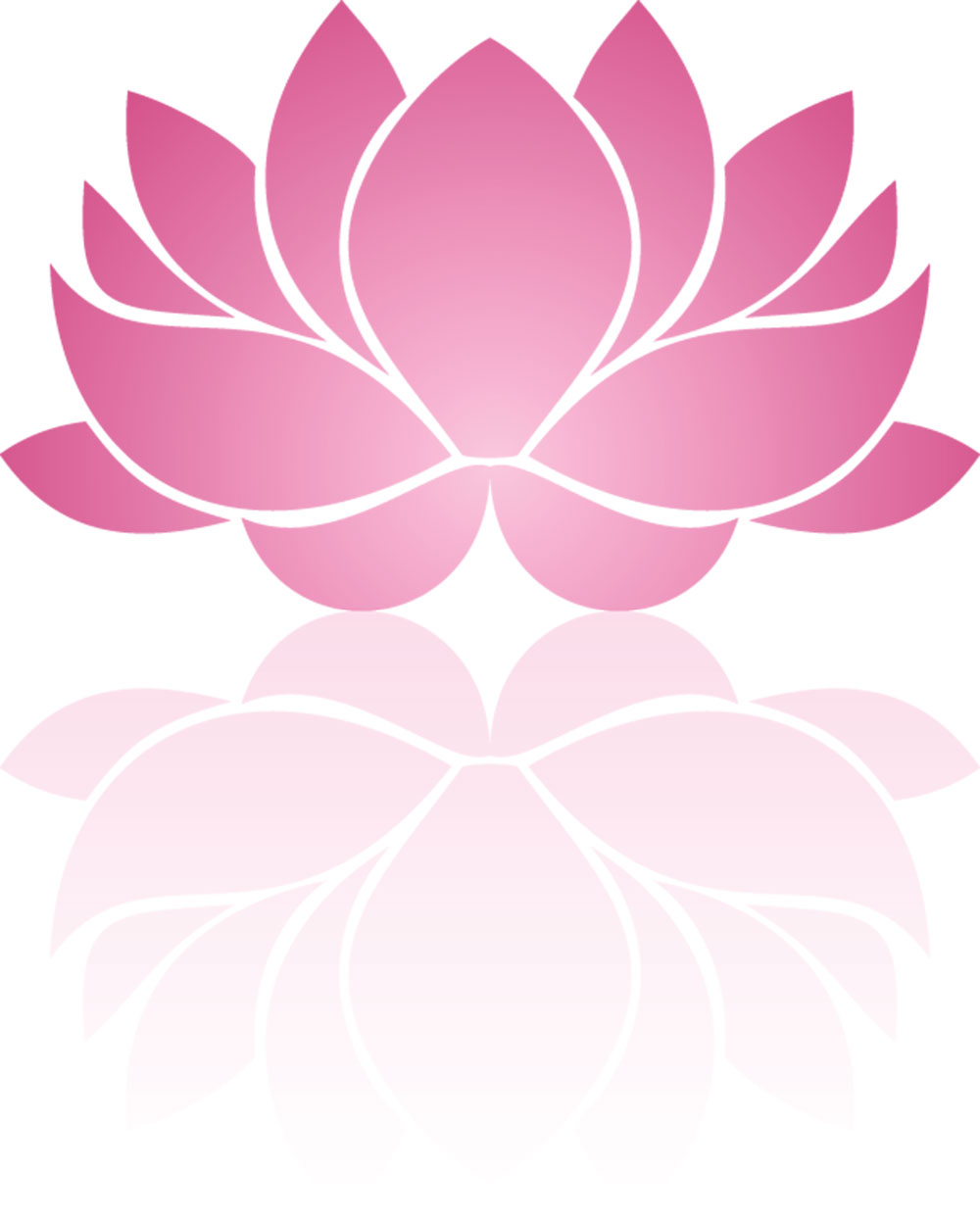
The Lotus Flower is also known as the Water Lily. It is an important symbol in many cultures.
The lotus appears throughout Hindu, Buddhist, and Egyptian cultures.
These special flowers rise from dark, muddy waters. Then, they blossom into a gorgeous and alluring beauty. The unique thing about the lotus is how it blossoms. The core of its flowers and petals never touch the dirty water it grows in.
This symbol represents the human journey of rising above adversity.
From these unfortunate circumstances, humans come into self-awareness. Then they can reach spiritual enlightenment.
In Hindu culture, the lotus represents beauty, especially that of female eyes. It also signifies fertility, prosperity, spirituality, and eternity. The lotus is associated with certain gods. It evokes Laxmi, the god of prosperity, and Brahma, the god of creation. Sometimes, the lotus is used as an offering to the Hindu gods. It is also a part of many Ayurveda medicine practices.
Within Buddhist culture, the lotus symbolizes purity, spiritual awakening, and faithfulness. It most emphasizes purity due to the way the flower blossoms.
The color of the lotus is also significant.
A blue lotus represents common sense and wisdom.
A white lotus represents purity.
A purple lotus represents mysticism and the Eight-Fold Path.
A pink lotus represents the true lotus of the Buddha.
A red lotus signifies the heart.
In Egyptian culture, the lotus signifies life after death. It represents rebirth and reincarnation. Egyptians noticed how the flower disappears at night only to reappear the next day. They associate this with the rise and fall of the sun as well as life and death.
It is said that the Egyptian Book of the Dead has spells and rituals that help transform you into a lotus after you die. The lotus is also thought of as connecting northern and southern Egypt. In this way, it represents unity.
The lotus flower is incredibly important to many different cultures and religions.
But it ultimately signifies the spiritual journey from darkness into lightness.
Hamsa
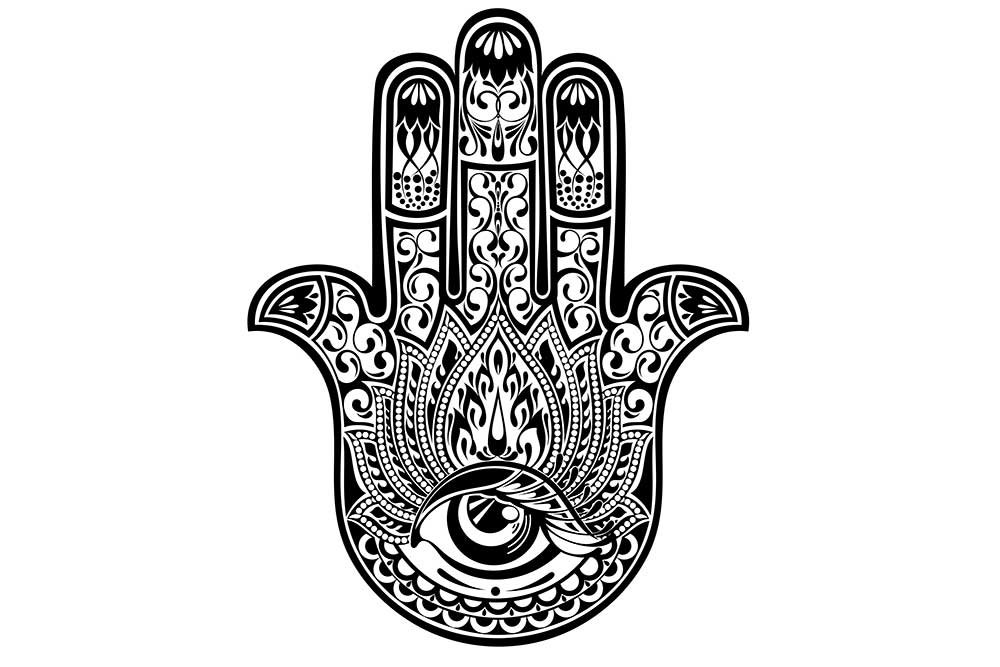
This important symbol has many different interpretations. It is typically found as a piece of jewelry or in paintings and artwork.
In general, Hamsa stands for protection against the evil eye. It is meant to bring health, wealth, and fertility.
This symbol is always depicted as a hand with an eye in the center of the palm. The three middle fingers are always extended. But the thumb and pinky vary in symmetry and have different meanings.
Most cultures use Hamsa to evoke the hand of God. It is believed to ward off negative influences. Its universal interpretation is that of purity, spiritual awakening, and faithfulness.
Within the Jewish culture, Hamsa is heavily symbolic of the number 5.
- 5 fingers represent the 5 books of the Torah.
- There are 5 categories of sacrifices and offerings. These categories are burnt, sin, trespass, grain, and peace.
- There are also 5 parts of the human soul. There is physical, emotional, intellectual, spiritual, and God.
- The 5th letter of the Hebrew alphabet is Het which is also one of God’s holy names.
In Buddhist and Hindu culture, the five fingers symbolize the chakras. They also signify the 5 natural elements.
- The pinky finger represents the sacral chakra and the water element.
- The thumb represents the solar plexus and the fire element.
- The middle finger represents the throat chakra and the celestial elements.
- The forefinger represents the heart chakra and the air element.
- The ring finger represents the root chakra and the earth element.
Mandala
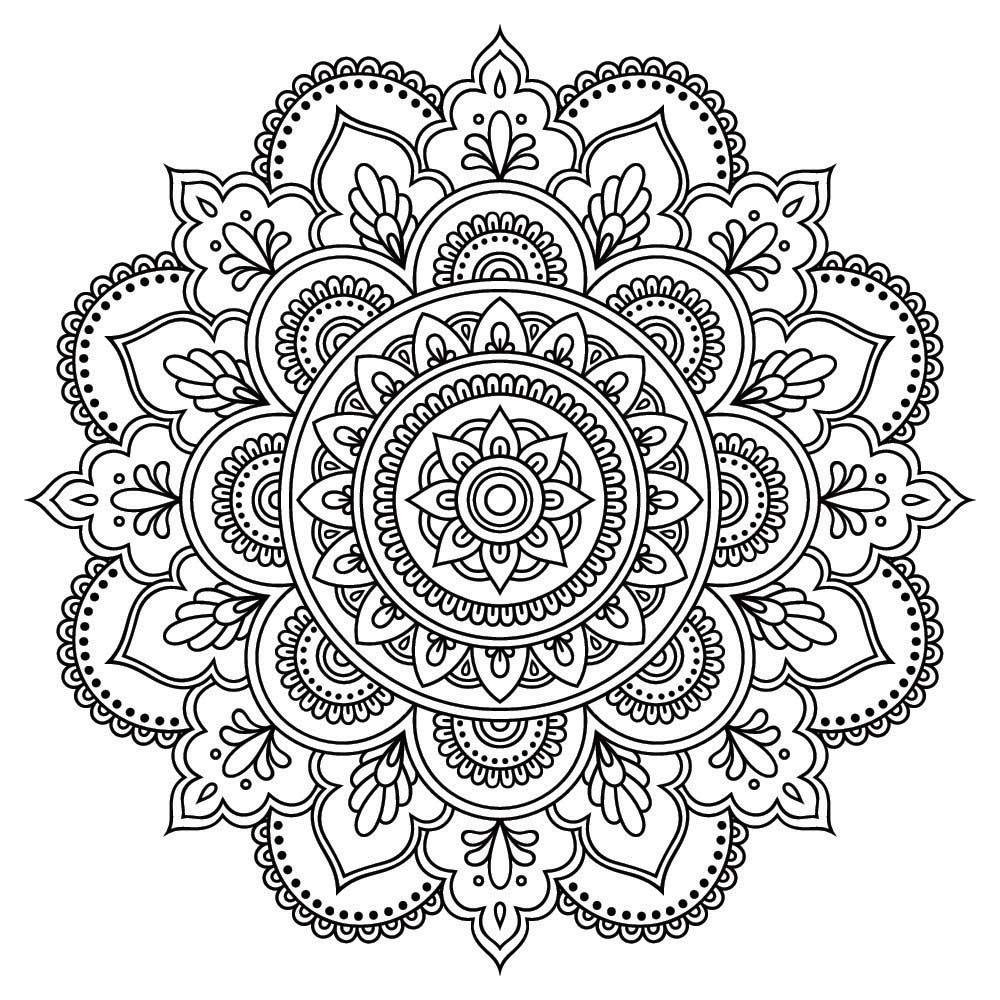
In Sanskrit, “mandala” means “circle.” It is a direct note to the never-ending circle of life.
The mandala is meant to serve as a tool on one’s spiritual journey.
It is typically used during meditation to reveal someone’s path in life. It can tell the story of where they are and where they have been.
There are two main ways to use the mandala for meditation.
- Use the mandala as a piece of artwork to focus on. Follow the designs, patterns, and shapes. This will calm your thoughts and allow you to understand your journey. It will also show you guidance for the future.
- You can create your mandala by drawing or coloring one. This has calming and relaxing benefits.
All mandalas are visually appealing and alluring. They represent wholeness, unity, and harmony. They should always be symmetrical with a radial balance. And they should always be intriguing. The colors used also serve a purpose.
Red = strength
Pink = love, femininity
Orange = creativity, transformation, self-awareness, intuition
Yellow = learning, wisdom, laughter, happiness
Green = physical healing, physical ability, love of nature
Blue = emotional healing, inner peace, meditation
Purple = anything spiritual
Black = mystery, deep thinking, individuality
Buddha
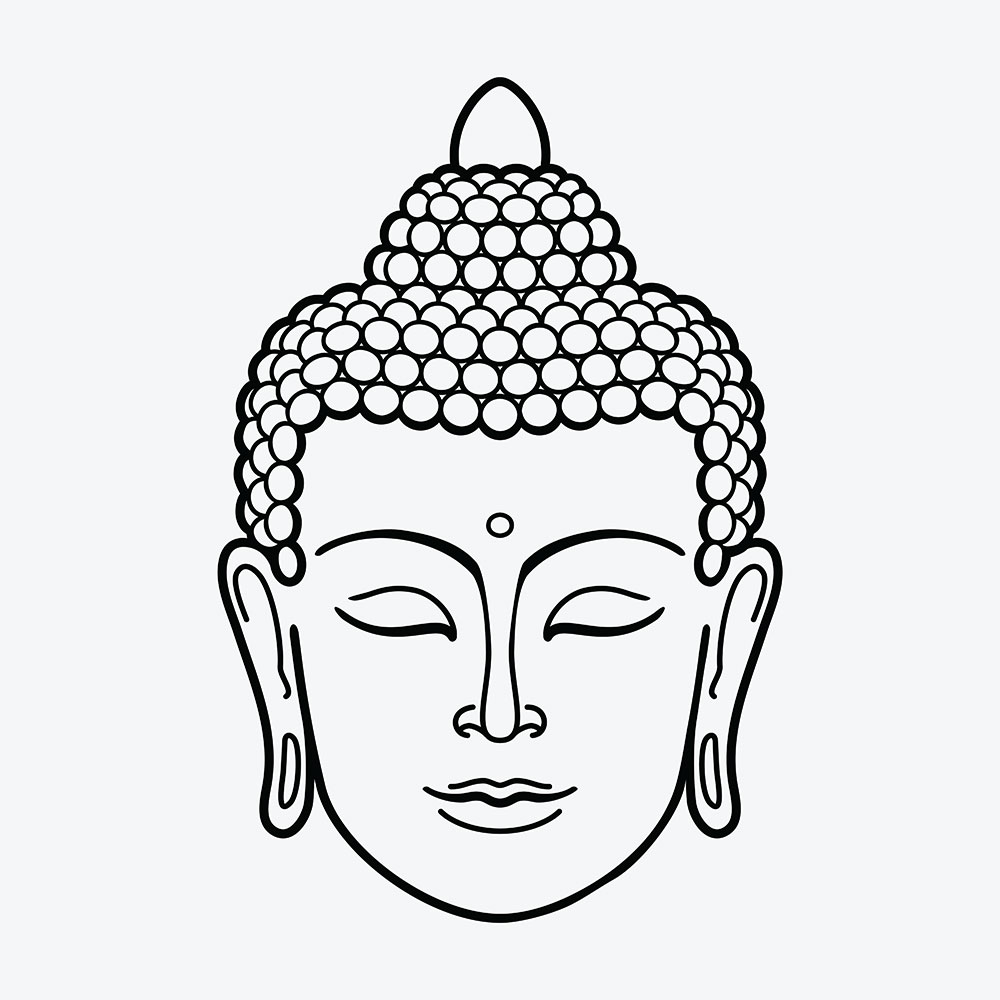
The image of Buddha is the most recognized symbol in the yoga world. The original Buddha was Siddartha Gautama before he reached enlightenment.
Today, the Buddha symbol represents someone who has attained “Bodhi.”
They can then be a spiritual guide for others.
Bodhi is the ideal state of intellectual and ethical perfections. They are also called an enlightened one. An enlightened one knows everything – past, present, and future. This person has been awakened from ignorance. Now, they can see things from an unbiased perception.
Below are some qualities of someone who can be called a Buddha:
- They have unbounded compassion
- They are completely impartial
- They are non-judgmental and do not discriminate
- They love all living things
- They have wisdom and power
- They are charitable
- They have high morals and self-control
- They are honest and generous
- They are patient
- They are hard to anger and are non-violent
The Buddha symbol acts as a reminder of the 3 tenets of Buddhism. One must not be ignorant, one must not hate others, and one must not get angry. The symbol is also a reminder to practice moderation.
These are the last words of the Buddha to his followers:
“All component things in the world are changeable. They are not lasting. Work hard to gain your salvation.”
Number 108
The number 108 represents wholeness and spiritual completeness. It signifies the basis of all creation. It is an important symbol in yogic traditions. 108 shows up in nature, science, and ancient architecture.
The number 108 represents wholeness and spiritual completeness. It signifies the basis of all creation. It is an important symbol in yogic traditions. 108 shows up in nature, science, and ancient architecture.
Below are some examples of 108 showing up:
- The distance between the Earth and the Sun is 108 times the diameter of the Sun.
- The distance between the Earth and the Moon is 108 times the diameter of the Moon.
- The diameter of the Sun is 108 times the diameter of Earth.
- There are 108 sacred sites in India.
- There are 108 pressure points in the human body.
- 108 energy lines come together to form the heart chakra
- There are 108 different types of feelings: 36 in the past, 36 in the present, and 36 in the future
- There are 108 beads used to make malas or prayer beads
- The Stonehenge is 108 feet in diameter
- The High Temple of Lamanai in Belize is 108 feet tall
- The Tikal Temple in Guatemala is 108 feet tall
- The Hindu religion has 108 different names for Gods
- There are 108 virtues in Jainism
- 108 is known as the Harshad Number. This means it is divisible by the sum of its numbers. 1+0+8=9 and 108 is divisible by 9.
- There are 54 letters in Sanskrit. Each letter has 2 forms, one masculine, and one feminine. This equals 108.
- There are 108 forms of meditation and 108 paths to God
- There are 108 Tibetan Holy Books
Mala Beads
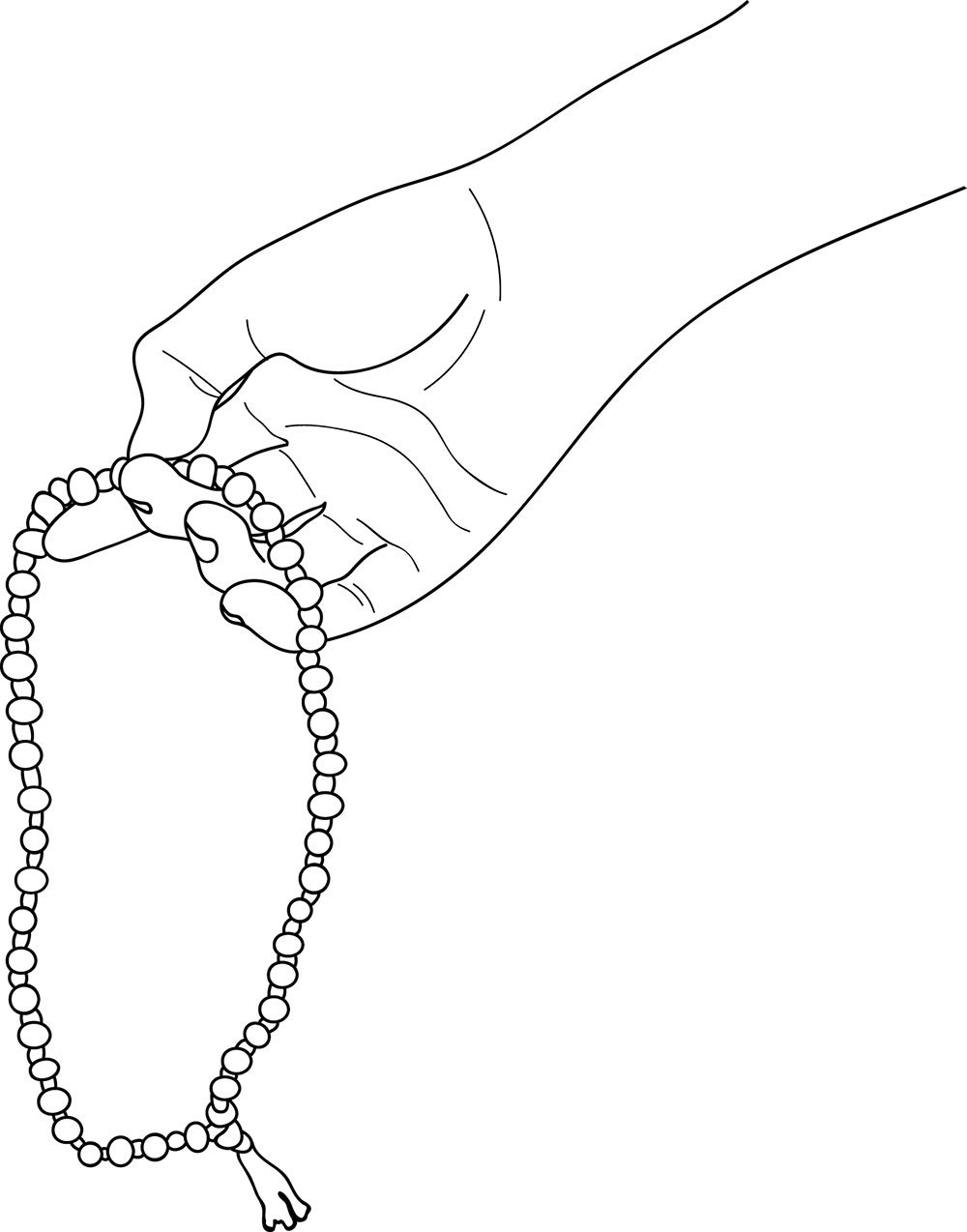
Mala beads are used during meditation like a rosary. In Sanskrit, “mala” translates to meditation garland.
They typically feature 108 beads and one guru bead. The guru bead is always bigger than the rest. It represents a spiritual guide.
It is also used as a place marker for the beginning and end of one’s meditation. And it can signify the relationship between spiritual guide and student.
During meditation, the rest of the beads help keep track of how many times you say a prayer or mantra. Each time you repeat a mantra, move your hand to the next bead.
Often, malas also feature a tassel. This represents a connection to God and to others.
Malas can be made out of many different materials and colors. Each of these has a particular meaning.
- Red Jasper – grounding, organization, creativity, empathy, rejuvenation, mental clarity, and focus
- Red Tiger Eye – motivation, protection, perception, humbleness, confidence
- Garnet – cleansing, energizing, self-confidence
- Rose Quartz – truth, harmony, unconditional love
- Rhondite – balancing, healing
- Unakite – grounding, balancing
- Carnelian – creativity, motivation, vitality, courage
- Amber – healing, cleansing, vitality, stress relief, emotional healing
- Goldstone – generates energy, protection
- Citrine – energy, prosperity
- Yellow Malay Jade – wisdom, moderation, perspective
- Honey Calcite – energy, vitality, confidence, strength, persistence
- Green Aventurine – compassion, empathy, perseverance, prosperity, decisiveness
- Moss Agate – self-esteem, personal growth, inspiration, optimism
- Green Jade – calming, relaxing
- Malachite – creativity, confidence, emotional balance
- Blue Aventurine – communication, creativity
- Blue Tiger Eye – stress relief, motivation, protection, perception, humbleness, confidence
- Indian Bloodstone – healing, detoxifying, revitalizing
- Lapis Lazuli – inner truth, self-awareness, self-expression
- Amethyst – memory enhancer, motivator, tranquilizer, protective, balancing
- Crazy Lace Agate – calming, self-acceptance, self-confidence, concentration, focus
- Sugilite – protects and removes negative attachments
- Smoky Quartz – relieves stress while promoting serenity and strength
- Black Agarwood Eaglewood – invigorates, purifies, calms
- Obsidian – clarity, stabilizing, insightful, compassion, strength
- Black Onyx – protection, strength, good fortune, vigor, health
- White Howlite – memory, patience, calm, positive
- Mother of Pearl – healing, protecting, creative
- Clear Quartz – healing, cleansing
- Pearl – grace, purity, truth, happiness, compassion, integrity
- Bodhi Seed – awakening, spiritual promise, dedication, faith
- Bayong Wood – stability, spiritually
- Tiger Eye – protection, grounding, confidence
- Brown Agate – inner stability, self-confidence, composure, maturity, concentration, perception
- Tulsi – cleansing, provides protection
- Rosewood – protection
Ganesh
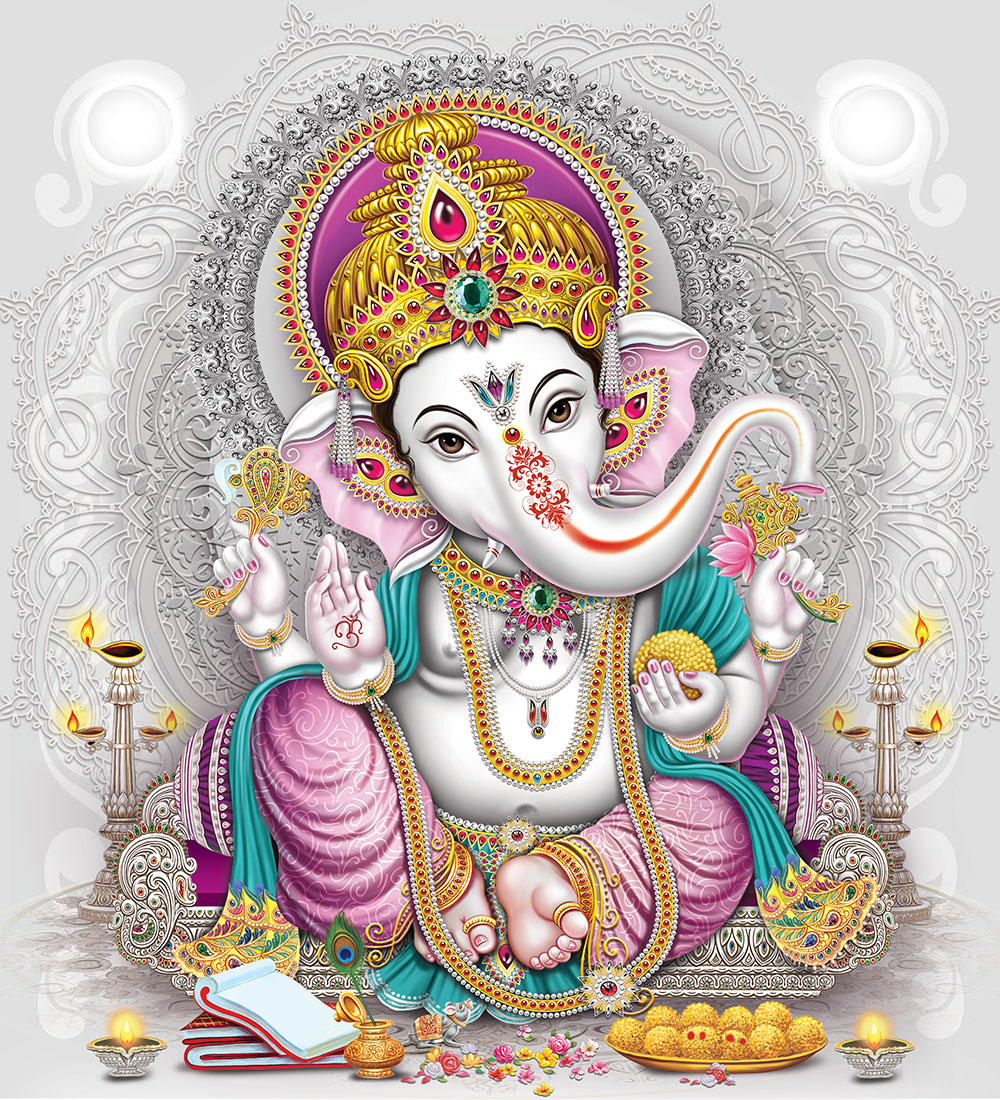
This Hindu God is always depicted with the head of an elephant. It is associated with the first chakra. It is also known as Lord of Good Fortune and Lord of Beginnings.
This symbol provides prosperity, fortune, and success. It removes spiritual and material obstacles.
Different parts of the symbol hold meaning.
- The big elephant head represents knowledge and wisdom, reminding us to think big.
- The small eyes remind us to stay focused and enjoy the small things in life.
- The small mouth reminds us to talk less and embrace silence.
- The big ears encourage us to listen more.
- The trunk symbolizes versatility and adaptability.
- It is usually depicted with only one tusk. This reminds us to remember the good and forget the bad.
Namaste
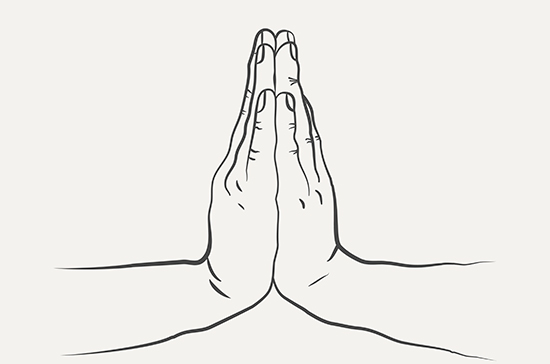
Namaste is typically heard at the beginning or end of a yoga class. It translates to “the light in me honors and acknowledges the light in you.” In this case, “light” means the soul or the Divine.
To say this is to recognize and share in one’s spiritual and yogic journey.
When using namaste as a greeting, bring your palms together at your heart’s center and bow. This represents gratitude, connection, and respect. It also represents the heart chakra. If you place your palms to your forehead, this represents the third eye chakra.
At the very least, namaste is the acknowledgment of being equals.
What's Your Reaction?
Meditation coach Emma Morrison is the go-to person for those living in Salt Lake City, Utah, who need to release stress and tension or simply dive deeper into their meditation practice. In her writing, you’ll receive useful information on how to live a more fulfilling life.






